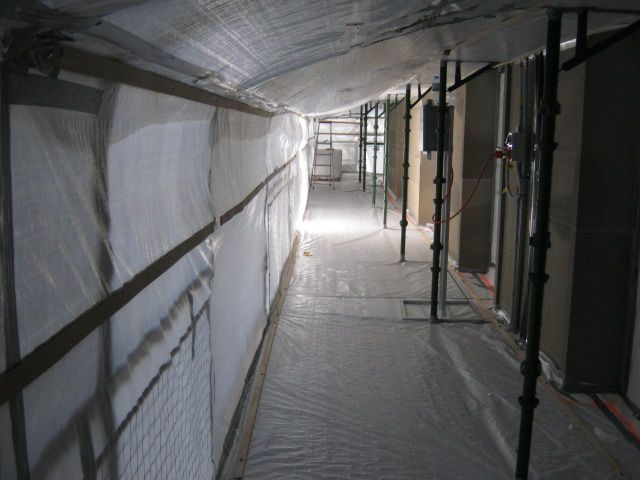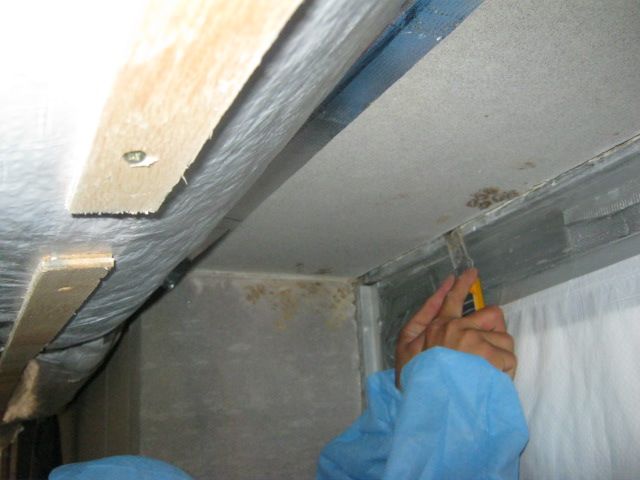What is friable asbestos?
Friable asbestos is any asbestos containing material that can easily be crumbled by hand or is in the form of a powder (e.g. dust and millboard). This presents a significantly greater risk than non-friable asbestos materials as the asbestos fibres become airborne with little disturbance.
How can I remove friable asbestos?
Friable asbestos can only be removed by a Class A licenced asbestos removal contractor.
What removal methods used for friable asbestos?
The ‘Code of Practice: How to Safely Remove Asbestos 2011’ outlines three approved methods for the safe removal of friable asbestos. These are two wet methods (wet spray method and saturation & water injection method) as well as a dry removal method.
The wet spray method for the removal of friable asbestos involves wetting down the friable asbestos containing material using water (a surfactant can be added to aid in the wetting of the material such as detergent) at a constant low pressure to suppress the release of asbestos fibres. During the removal process the material should be constantly in a wet condition and resprayed as sections are removed.
The saturation & water injection method should be used if the friable asbestos containing material is too thick for the wet spray method to be effective. As the name of the method suggests rather than spraying the surface of the friable asbestos containing material the water is injected directly into the material through a series of needle like injection heads to ensure saturation through its entire thickness.
The dry method of friable asbestos removal does not use any water to suppress the release of asbestos fibres. Instead the removal method relies on the control measures that are required for all friable asbestos removal work. These include the use of a fully enclosed removal area constructed with plastic sheeting (minimum 200µm thick), keeping the enclosure at a negative pressure, use of a decontamination unit and appropriate PPE & RPE. Once the friable asbestos containing materials are removed they are packaged, sealed and disposed of in accordance with EPA guidelines.
To determine whether there is significant amounts of asbestos fibres that may be released during the removal process, asbestos air monitoring can be conducted to ensure that controls are working to the best advantage.
What is the preferred removal method for friable asbestos?
The wet methods are preferred (wet spray method most commonly used) for the removal of friable asbestos as they significantly suppress the release of asbestos fibres into the air. The dry method should only be used when the wet methods are not suitable due to an increased risk with the introduction of water (e.g. live electricity in the vicinity of removal).
Author: Stuart Lumsden

Email: info@SafeEnvironments.com.au
A Bachelor of Forensic Science in Applied Chemistry from the University of Technology, Sydney, Stuart is a Property Risk Assessor who specialises in the area of Asbestos and Hazardous Materials.



